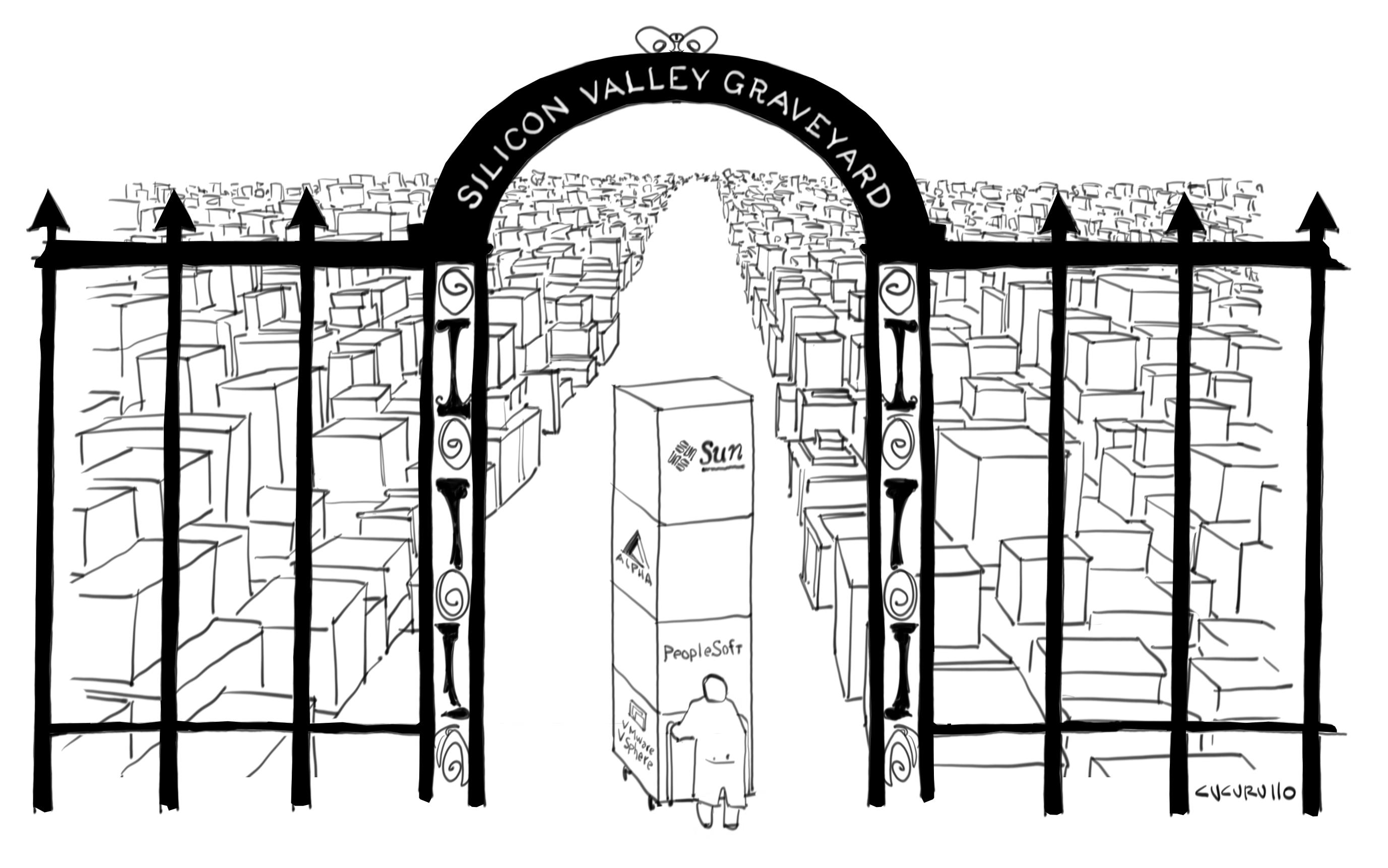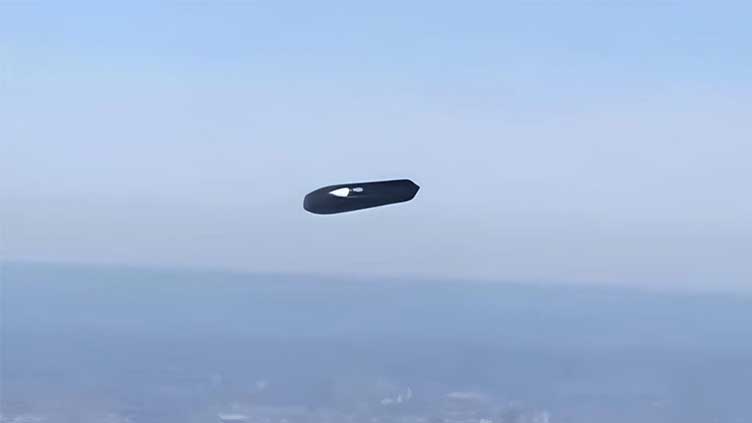SANTA CLARA COUNTY, Ca. – Luke Iseman and Andrew Song weren’t breaking any laws when they transported 200-pound sulfur dioxide cylinders in Song’s RV to release into weather balloons. Legal? Yes. Controversial? Absolutely.
On a quiet summer evening near Silicon Valley, Song pumped 3.8 pounds of gas into a balloon while Iseman prepared a Styrofoam box containing an altimeter and tracker. Iseman filled the balloon with helium, and it slowly expanded into a large orb. With a gentle push, the balloon rose into the sky, past towering oak trees, and drifted into the clear evening air.
At about 14 miles up, well beyond commercial air traffic, the balloon burst, releasing reflective sulfur dioxide into the stratosphere. This process mimics what happens naturally after large volcanic eruptions, which have been shown to temporarily cool the Earth.
Iseman, a serial entrepreneur, and Song run a startup called Make Sunsets. Their goal is simple but ambitious: to cool the planet by sending reflective gas into the atmosphere. The reflective particles will deflect a small portion of the sun’s rays, slightly reducing global temperatures.
Their idea isn’t new—volcanoes like Indonesia’s Mount Tambora, which erupted in 1815, are known to have cooled the Earth by as much as 2 degrees. However, Make Sunsets' efforts are much more controversial among scientists, who worry about the potential long-term consequences of such actions.
Though Iseman agrees that an international coalition led by top scientists would be the ideal approach, he’s frustrated by the slow pace of action. "Too many smart people are spending too much time talking about politics and downsides, while the world literally burns," he said. He takes comfort in knowing that his team’s small-scale efforts offset roughly 1,745 tons of carbon dioxide each year.
Geoengineering, once considered the stuff of science fiction, has become a topic of serious debate. Experts remain divided on methods such as pumping sulfur dioxide into the stratosphere, seeding oceans with algae, or creating reflective clouds over the oceans. Some environmental groups, despite their skepticism, are now acknowledging that geoengineering may be necessary to combat climate change in the short term.
While groups like the Center for International Environmental Law and the ETC Group monitor and resist geoengineering, others, including some scientists and environmentalists, argue that the world must start researching and testing these methods. “If environmental groups don’t engage in this conversation, they risk being left out,” said Katharine Ricke, a professor of climate science at UC San Diego.
The debate over geoengineering’s potential risks—uneven cooling, ecosystem disruption, and unpredictable weather patterns—remains heated. There’s also the looming question of "moral hazard"—the fear that stopgap solutions might encourage people to continue burning fossil fuels, worsening the underlying problem.
Despite these concerns, Make Sunsets and similar startups continue launching their balloons, raising questions about the future of geoengineering and who should regulate such efforts. The emergence of for-profit players, like Make Sunsets and Stardust Solutions, has added new layers of complexity and alarm to the conversation.
As global temperatures rise, the urgency of finding solutions is mounting, but for now, the ethical, environmental, and political questions surrounding geoengineering remain unanswered.













0 Comments